What is the tolerance range of precision screws?
What is the tolerance range of precision screws?
Service Hotline
+86760-8787 8587We have more than ten years of production experience in the screw industry, the main products are: single-headed iron isolation column, square flat washer, GB70 galvanized bolt, single-headed knurled copper column, bottom hole 4.2, screw screw, concave end machine screw bolt, stainless steel Knurled screws, butterfly washers, disc butterfly, model body rods, countersunk head pull nuts, solid wood furniture nuts, CM nickel-plated screws, round head rivets and other fasteners, due to different product materials and specifications, Prices also vary, please contact us if necessary.


According to the force of the connection, it is divided into ordinary and hinged holes. According to the shape of the head: there are hexagonal head, round head, square head, countersunk head and so on. Among them, the hexagonal head is the most commonly used. Generally, countersunk heads are used where connections are required. The English name of the riding bolt is U-bolt. It is a non-standard part. The shape is U-shaped, so it is also called a U-bolt. There are threads on both ends that can be combined with nuts. It is mainly used to fix tubular objects such as water pipes or sheets such as automobile plates. Springs are called riding bolts because of the way they fix things like a person rides a horse. According to the length of the thread, it is divided into two categories: full thread and non-full thread. According to the thread type, it is divided into two types: coarse thread and fine thread. The coarse thread type is not displayed in the bolt mark. The bolts are divided into eight grades: 3.6, 4.8, 5.6, 6.8, 8.8, 9.8, 10.9, and 12.9 according to their performance grades. Among them, the bolts above grade 8.8 (including grade 8.8) are made of low-carbon alloy steel or medium-carbon steel and are heat-treated (quenched). + Tempering), commonly known as high-strength bolts, and below grade 8.8 (excluding 8.8) are commonly known as ordinary bolts. Ordinary bolts can be divided into three grades: A, B, and C according to the production accuracy. Grades A and B are refined bolts, and grade C is rough bolts. For connecting bolts for steel structures, unless otherwise specified, they are generally ordinary rough grade C bolts. There are differences in the processing methods of different grades. Usually the corresponding processing methods are as follows: ① The bolts of grade A and B bolts are processed by lathes, with smooth surfaces and accurate dimensions. High, rarely used; ②C-grade bolts are made of unmachined round steel, the size is not accurate enough, and its material property grade is 4.6 or 4.8. The deformation is large during shear connection, but the installation is convenient and the production cost is low. It is mostly used for tensile connection or temporary fixation during installation.
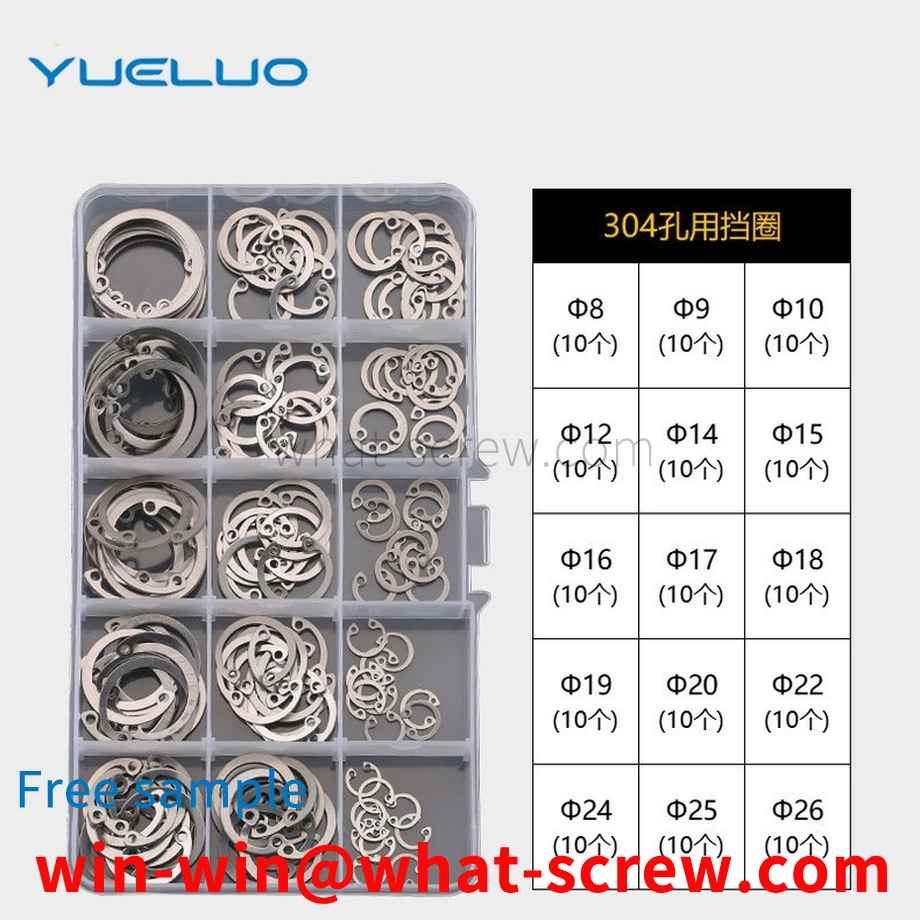
Due to its convenient operation, quick-release screws are widely used in aviation recording equipment, such as the operation panel on the central console of the aircraft, the upper operation panel, etc. However, the assembly of quick-release screws needs to be assembled in sequence. Springs and quick-release screw rods, usually the quick-release screw crimping tools provided by external suppliers can only crimp some small-sized quick-release screws, or custom-made quick-release screw crimping tools for a certain product, time and cost are very high, so it is necessary to design a quick-release screw assembly device for general aviation airborne equipment.
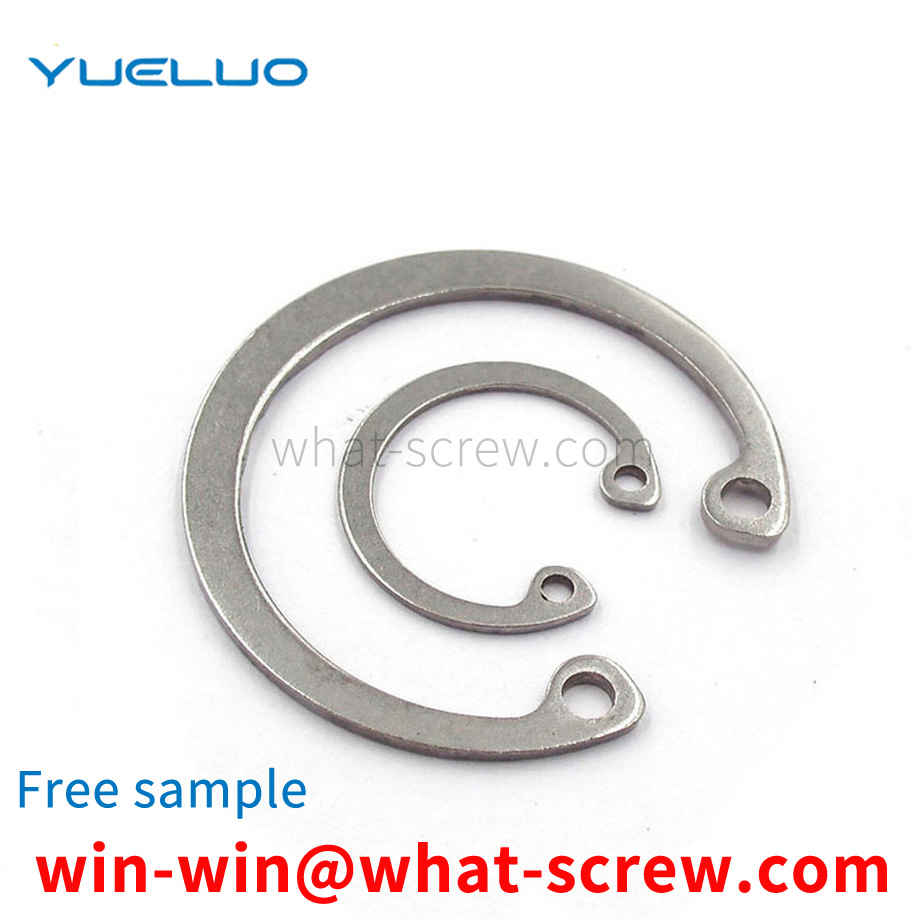
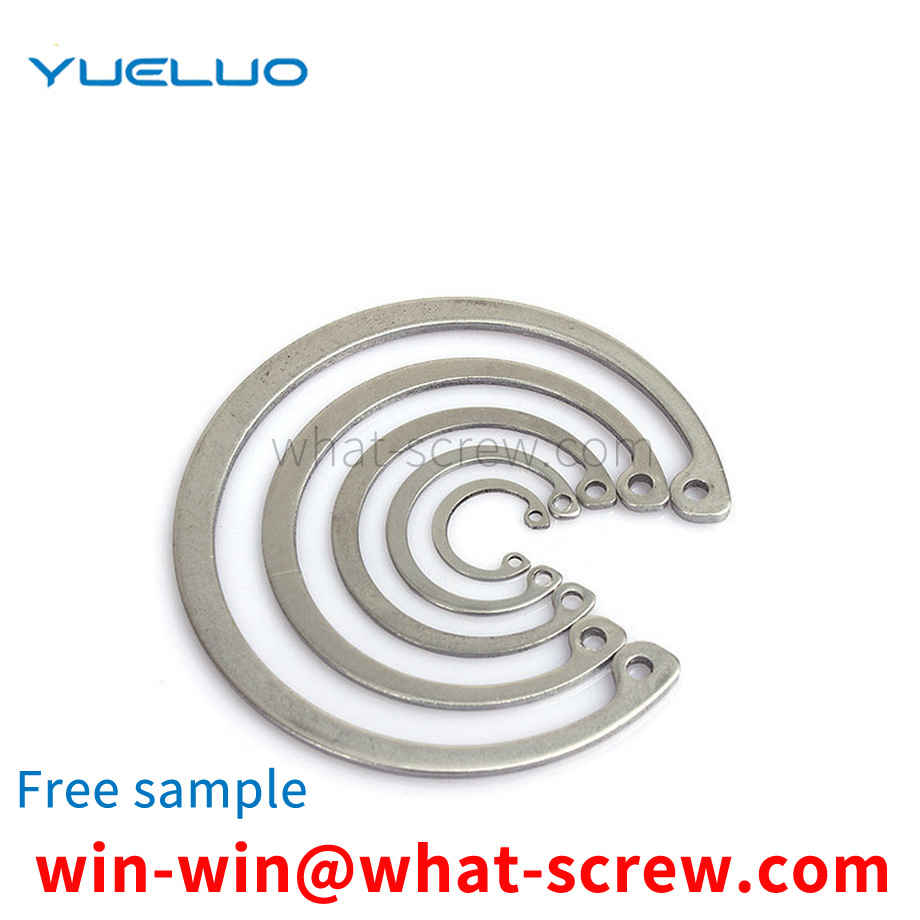
In order to solve the problem of poor waterproof performance of the existing rivets, Guangdong Yueluo Hardware Industry Co., Ltd. provides a waterproof rivet. By arranging a figure-eight waterproof part for waterproofing on the lower end surface of the waterproof cap, when the object is riveted, The waterproof cap is subjected to the pulling force of the rivet rod and the supporting force of the object. The pulling force and the supporting force cause the waterproof cap to generate stress, which in turn causes the waterproof part of the waterproof cap to be micro-deformed in the closest contact with the object, so as to achieve a good sealing effect.
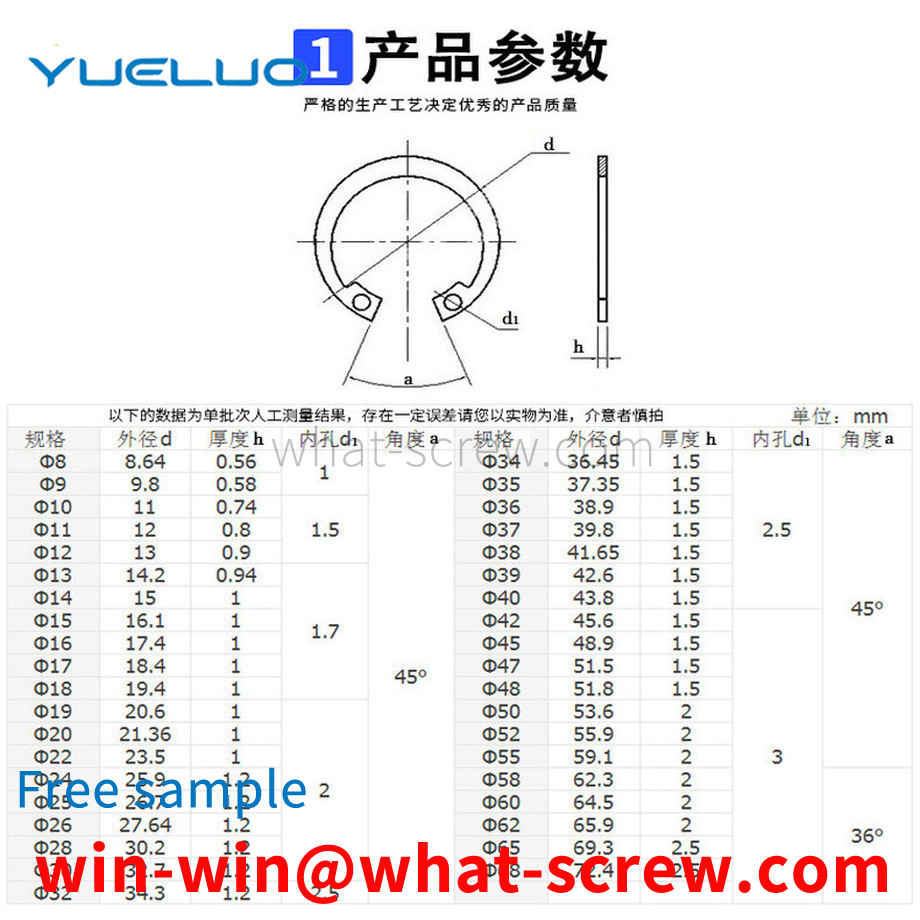
(1) Galvanized (blue-white, multicolored, black) 1. Pretreatment: thermal degreasing tank (5 tanks) - electrolytic degreasing tank (3 tanks) - rust removal tank (4 tanks) 2. Electroplating: electroplating tank (20 tank) (ammonium chloride, zinc oxide, gloss, softener solution). 3. Post-treatment: Melting tank (1 tank) - Green medicine tank (1 tank) - (blue-white/multicolored/black) (2), blackening: 1. Pre-treatment: thermal degreasing tank (4 tanks) - rust removal Tank (4 tanks) 2. Blackening: blackening (5 tanks) (flake alkali, sodium nitrite solution) 3. Post-treatment: anti-rust oil (1 tank) (3), phosphating: 1. Pre-treatment: heat Degreasing tank (1 tank) - Derusting tank (1 tank) - Electrolytic degreasing tank (1 tank), - Surface treatment (1 tank) 2. Phosphating: Phosphating (forming a film) 3. Post-treatment: dipping in anti-rust oil (2 tanks) (4) Hot dip galvanizing: 1. Pretreatment: degreasing tank (1 tank) - rust removal tank (1 tank) - FLUX tank (1 tank) - drying 2. Hot dip galvanizing: hot Zinc immersion tank 3. Post-processing: centrifugal treatment - ammonia chloride cooling - water cooling
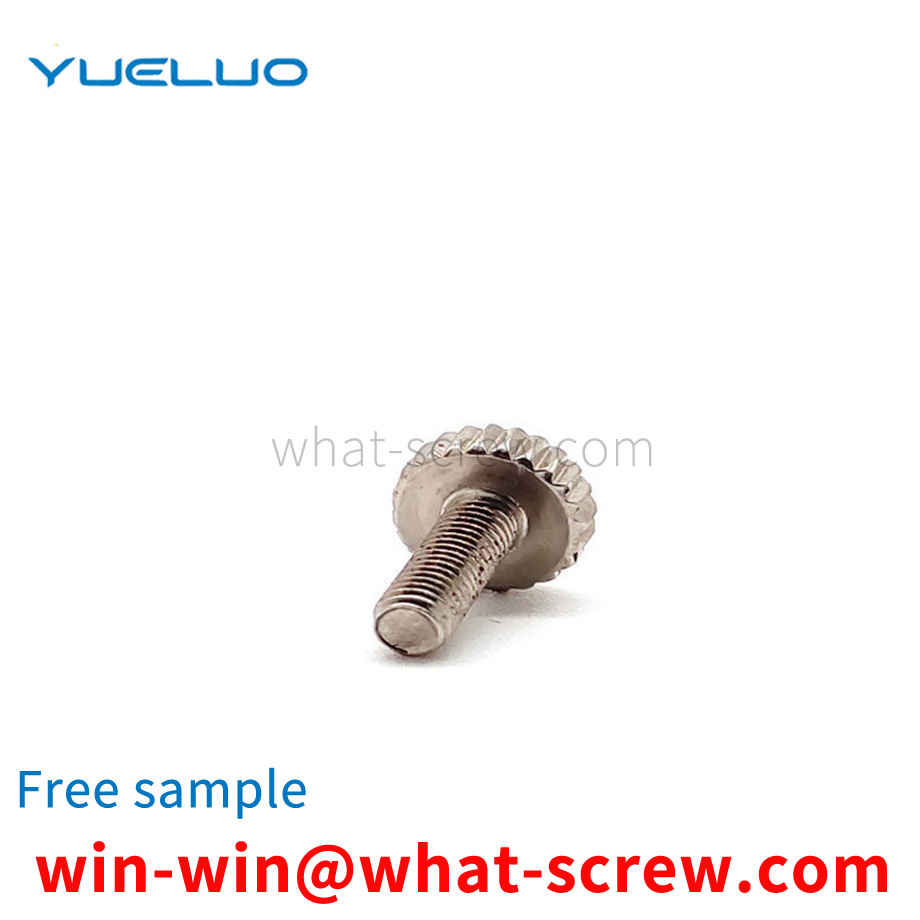
The above content is uploaded by Yueluo or the Internet. If there is any copyright issue, please contact [email protected].

What is the tolerance range of precision screws?

How to choose the right stainless steel screw manufacturer?

Why is there an R angle under the head of the hexagon head s...

We have more than ten years of experience in screw industry ...
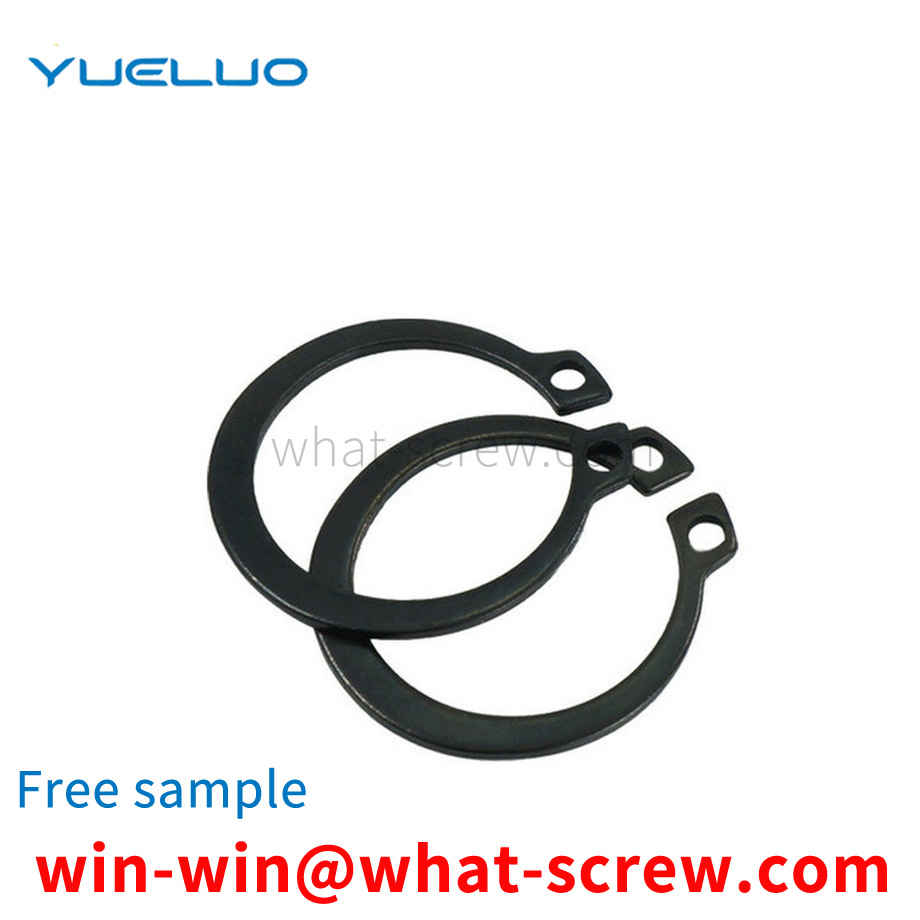
We have more than ten years of production experience in the ...
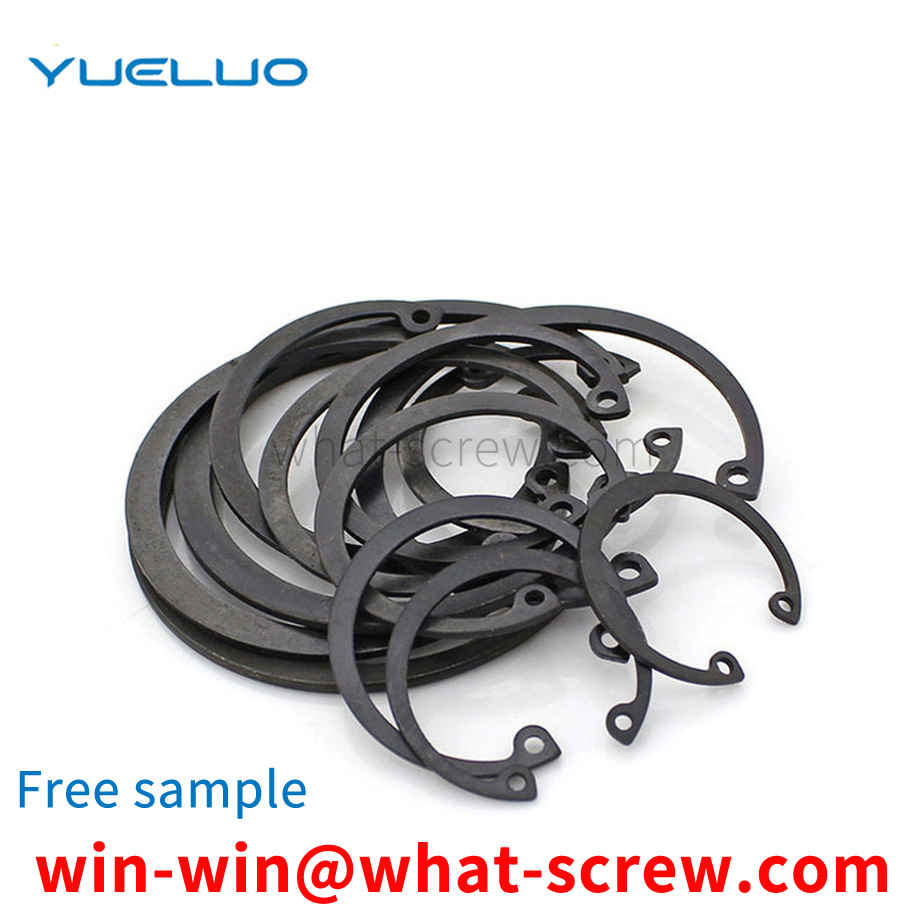
We have more than ten years of production experience in the ...
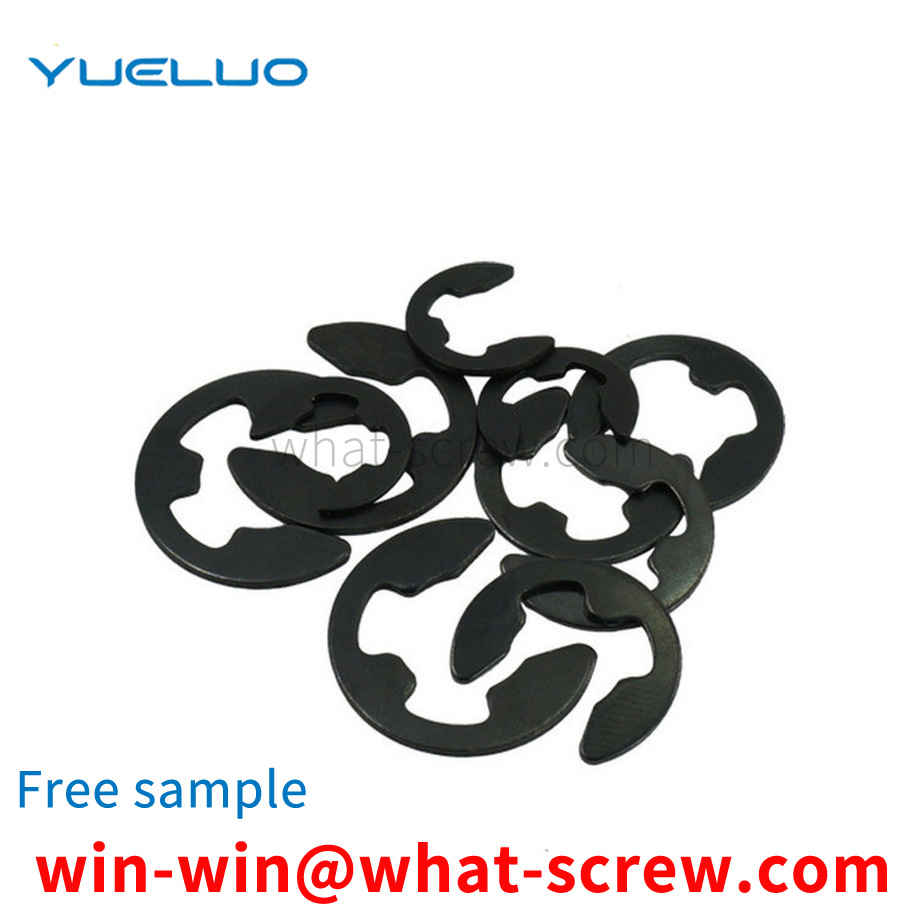
We have more than ten years of production experience in the ...